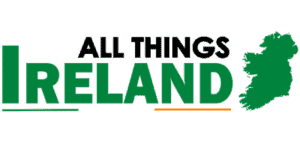Irish History Explained

On the surface, the history of Ireland seems like the tale of one island getting beat up for over a thousand years straight, and well, that’s not incorrect, to be honest with you.
But from another perspective it’s a story of a unique civilization rising from the intersection of two very different worlds, and then remarkably enduring through centuries of difficulties and hardship. When it was too common to see entire cultures wiped from existence because of colonial oppression, the Emerald Isle is a very hard-fought example.
To see what makes Ireland’s history so special and to learn how Irish cultures survive to the present day, let’s do some history.
Our story begins with the migration of the Celts from Central Europe sometime in the 5th to third centuries BC. Okay, look. Its an ancient migration, alright? Dates are gonna be finicky on this one. And they settled on this little island here which they named Éire after the goddess Ériu, which I may be said, right? I don’t know really or do I.
Check out my post here on my Ireland Travel Guide with everything you need to know while visiting Ireland!
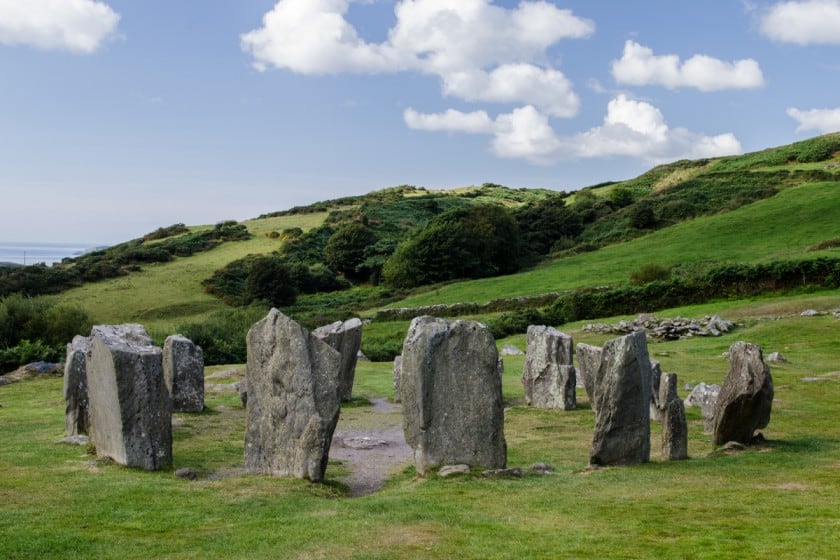
I’m just gonna try and say as few Irish names as possible so I don’t embarrass myself, which is where we get the name Ireland!!!!. And speaking of language, they spoke an early version of Irish, which is a subset of the Gaelic language family which is a subset of the Celtic language family. Not confusing at all! The Emerald Isle didn’t have a written literary tradition, the culture venerated storytelling, as well as druids who were priest-like figures that doubled as historians, judges, and even doctors.
Another popular profession in the Emerald Isle was surprisingly enough, King because there was no overarching central authority, so the Emerald Isle usually had somewhere around 150 local Tuatha that each had their own King and there were no cities at this point either so people just clustered into groups on available farmland and done there thing.
Though Ireland wasn’t politically unified, they shared many elements of art and religion, from Celtic knots to Cu Chulainn. Irish mythology is cool and you can see some examples all around the Emerald Isle and there is also all manner of gods, heroes, and some pretty bonkers magic, too.
Sadly, we don’t have as much information on them as we might like because the Irish mythological cycle wasn’t documented until centuries later and parts of it have since been lost. Plus the stories themselves sometimes conflict with other accounts of how regional these oral traditions were.
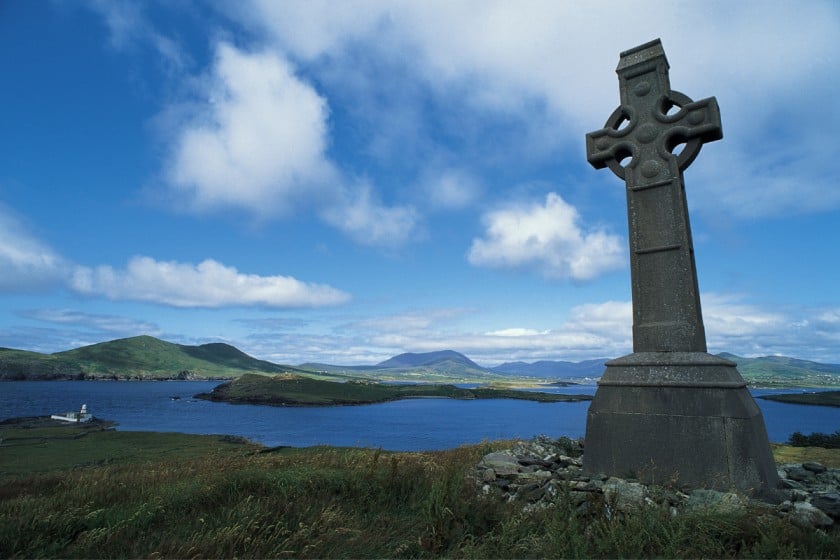
Today we only know so much about early Celtic Ireland, the picture gets clearer and the culture gets richer with the Emerald Isles second big arrival Christianity. The Emerald Isle actually got the good end of the deal on this one because their conversion was peaceful and it didn’t involve them getting invaded by Rome. It was a win-win and quite the opposite, in fact as Irish pirates often found their way to the western coast of Rome in Britain.
In one instance, a captured young Roman lived in the Emerald Isle for six years before escaping back to Britain and after some soul-searching, he trained in France to become a priest and set back out to the Emerald Isle in the hopes of converting the people to Christianity. Though he wasn’t the first missionary to Eire, Saint Patrick as you’ve probably guessed was certainly the most consequential.
The dates for his life and career are all over the place and there’s even a theory that Saint Patrick is actually an amalgamation of two different characters, but this shows history summarized and I am super not qualified to settle very much ongoing debates in the academic historical community but what we can say for certain is that he never drove the snakes out of Ireland because the Emerald Isle never had snakes, that’s just a very polite codeword for pagans and even that isn’t fully accurate. Go on Saint Patrick, my buddy!
It’s a classic example of syncretism, where the goal is to make two disparate cultures coexist rather than have one completely supplant the other. Latin was introduced but it was spoken right alongside Irish Gaelic. Monasteries were built all around the island but they were regionally autonomous. Jesus was the new number one, but the old Irish mythology remained firmly in the popular conscience.
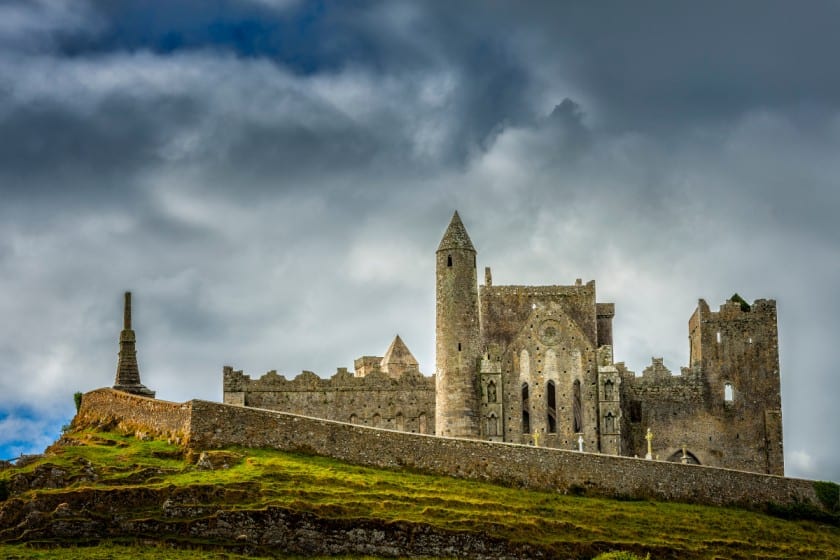
Best of both worlds and the timing of all this couldn’t have been better because while mainland Europe was splintering out into dozens of Gothic kingdoms in the wake of the Western Roman Empires collapse, The Emerald Isle just got a jolt of a new culture to play with and about four hundred years of complete peace to refine it.
The strongest literary tradition in Europe was made in Irish monasteries, often called scriptoria, where accounts of old Irish mythology were written alongside beautifully decorated manuscripts of the Bible. All around, Eire was known as the Isle of saints and scholars and its because of their hard work that so much ancient Latin work survives today. Irish missionaries to Europe even laid the groundwork for Charlemagne’s 9th century Renaissance in France.
Its also during this Golden Age that we see and hear two core symbols of Irish culture, the Celtic Cross and the Harp. The cross appears in stone all over the Emerald Isle and its a perfect visual metaphor for how Celtic Irish culture is literally woven into Irish Christianity, again, all this while the rest of Europe was having some serious…eh, let’s call it growing pains.
Although Ireland was decentralized in both government and religion, it enjoyed over four centuries of peace between the numerous Tuatha and no threat of invasion.
Vikings in Ireland
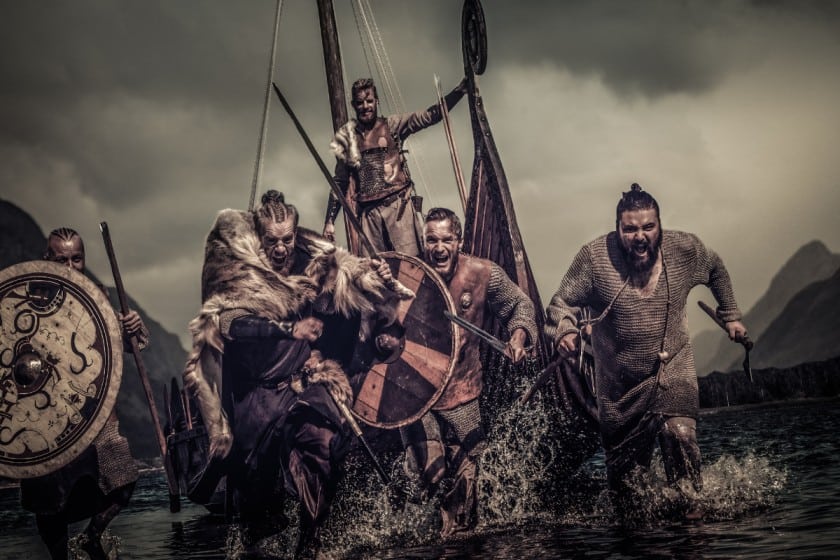
Unfortunately, all good things must come to an end and all shiny things must get raided by Vikings and speaking of Vikings. The Emerald Isle didn’t quite get hit as bad as the English and Scots just one island over the sea, the Emerald Isle saw its fair share of coastal looting and burning.
Monasteries were an easy target because of their abundance of treasures like gemstone covered manuscripts and their non-abundance of defensive fortifications.
The Vikings did, however, contribute Ireland’s first cities of Dublin, Cork, Waterford and others settled along the island’s coasts, and as the Vikings got comfortable in their cities and chilled out enough to stop with the damn raiding all the time, their cities became hubs for trade and production.
Ultimately, though, the Emeralds Isles much bigger problem for the next thousand years would come from right across the channel and oh golly gosh, would you look at the time? Its time to complain about England!!!
Whoa! Sorry, so while the Emerald Isle was having a good time minding its own business and not bothering anyone else, the Anglo-Normans came over to establish the lordship of Ireland which sounds a lot more Uh…complete than it actually was.
England held onto the urban population centres in the east but because of stuff like wars and plague, it was pretty patchy for the next five centuries.
King Henry VIII
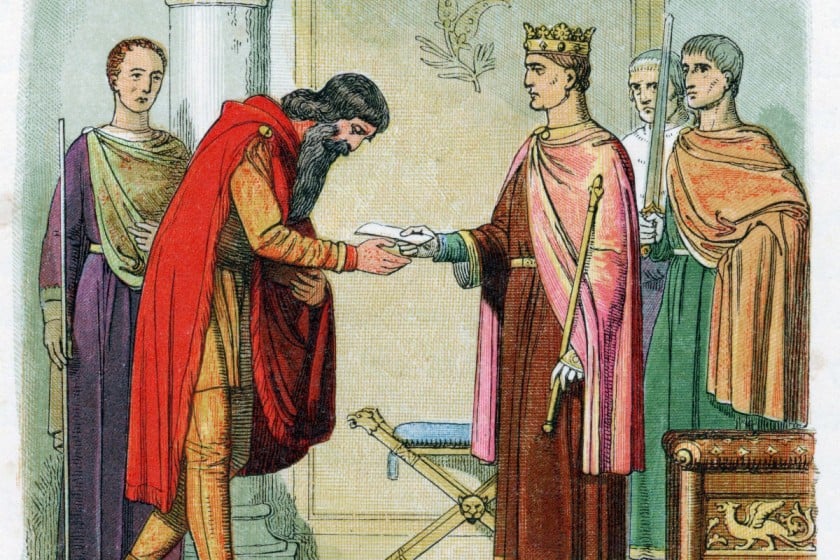
In the year 1509, Henry VIII became King and decided that he wanted to be a really big deal, so it’s here that things start getting rough. See, Henry converted to Protestantism after he got tired of killing his wives and wanted to just divorce them instead, but Ireland remained firmly Catholic.
This displeased Henry, so he made a new push to colonize the Emerald Isle and England made steady progress in beating up on the Irish, taking more and more of their land and busting down their monasteries and churches.
Unsurprisingly, the Irish rebelled, several times. In the decade after the union of the English and Scottish crowns in 1603, King James confiscated Irish lands in the northern region of Ulster to make way for Scottish colonists to start private plantations and this marks the start of a couple of unfortunate defining trends for the next three centuries.
First is the treatment of Ireland as a subservient colony and the steady seizure of Irish land and also the persecution of Catholicism through strict social laws.
17th and 18th Centuries
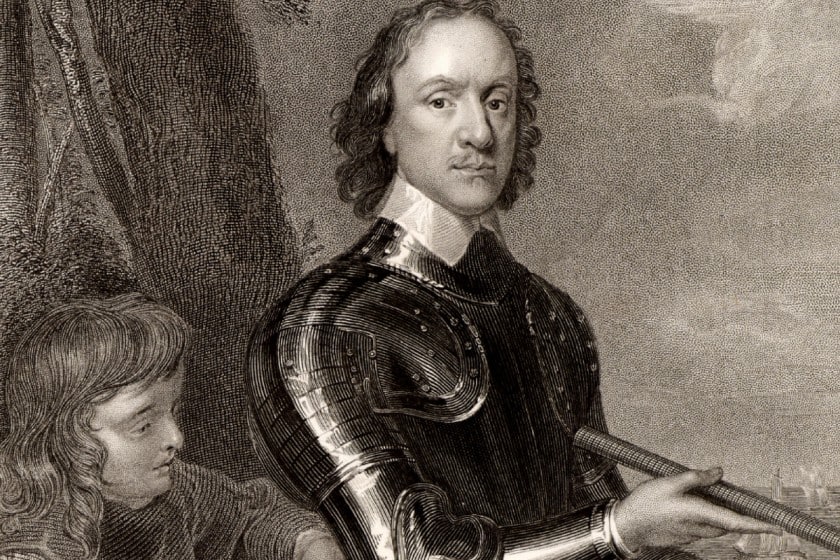
In the 17th and 18th centuries, Irish farmers became tenants in their own island and this process only accelerated with the advent of anti-royalist and civil war extraordinaire Oliver Cromwell who murdered his way across Ireland during his War of the Three Kingdoms.
More land was confiscated, Catholic Irish were forcibly evicted and also banned from certain jobs and for the next 300 years, the Emerald Isle was regarded as a little more than a conquered colony.
Although the anti-Catholic laws were largely repealed by the turn of the 19th century Ireland was still poorer going into the 1800s that it had arguably ever been, as its production and wealth were systematically siphoned off to Britain. Only the majority British pockets of the island in Dublin and Ulster saw much improvement and it was these Ulster Irish who spoke for Ireland in the new United Kingdoms parliament.
If this all sounds short-sighted, exploitative and extremely fragile you’d be correct, but wait, it only gets worse. See the Emerald Isle agriculture was, well, dangerously precarious.
Potato Famine

Most of the food production in the Emerald Isle was beef exports to Britain and that didn’t leave a whole lot of available farmland in Ireland for feeding the Irish, so the tenant farmers turned to potatoes which had by far the most nutritional value for the space and time they took to grow.
Not super great that the systematic exploitation of their land forced Catholic Irish to subsist entirely on a single food staple for generations, but at least they’re not starving, so any way in 1846 the potato blight hit Ireland and all of the crops failed so people started starving. The thing is, potato crops were going rotten all across America and Europe.
The Emerald Isle was just the only place where potatoes were the only option, but with a crisis at hand, parliament acted swiftly to provide rations and relief I’m just kidding. Parliamentarians in London insisted that the reports of famine were completely overblown and refused to divert resources for aid. Help did slowly arrive, but it was predicated on putting the Emerald Isle through economic reforms to modernize their infrastructure. Yeah, because that’s exactly what Ireland was asking for, not food.
Eventually, the blight passed and things slowly return to normal but not before 1 in 7 people died of starvation and 1 in 4 fled to places like America. This would be why New York and Boston have big Irish communities that materialized out of nowhere in the late 1840s.
And real quick before we move on to the 1900s, not a coincidence that the areas least affected by the famine were the Protestant parts and if that wasn’t bad enough, Britain was also busy shutting down the last remaining hedge schools that taught Greek and Latin to Catholic kids. Before this, the Emeralds Isles Catholicism had produced the longest continuous tradition of Greek and Latin anywhere on Earth but God forbid kids who aren’t Anglican be allowed to learn.
The 1900s and the 1916 Rising
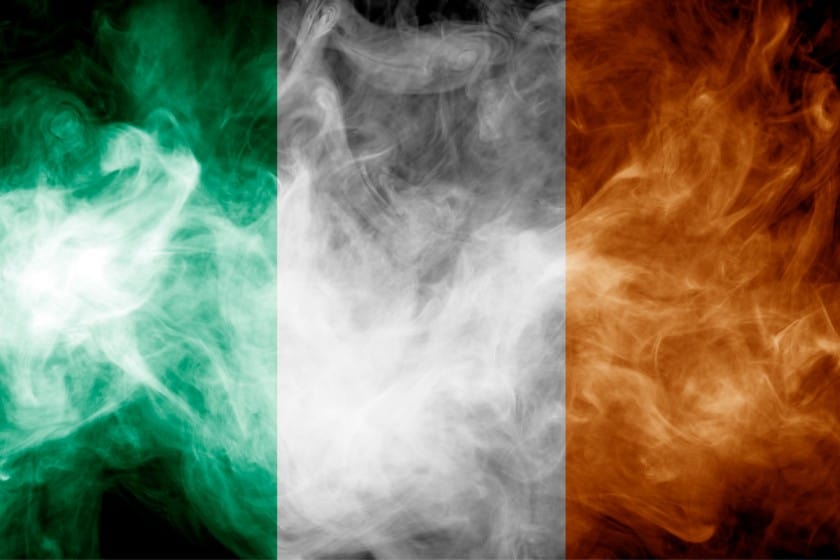
The population of the Emerald Isle in the early 1900s, the answer was literally anything else and that echoed in a call for home rule and their own independent government, however, Ulster was still fiercely unionist and it almost looked like pro-union and pro home rule paramilitary groups were going to start fighting a battle when World War I suddenly became a much more pressing issue, but on Easter of 1916, Irish heroes occupied government buildings in Dublin so the British Army shelled them into surrender and then executed the rebel leaders.
This, you may guess, did not sit super-great with the Irish public, so as soon as the world war was over, Ireland fought a guerrilla war of independence and in 1922 it was granted home rule as their own free state under the British crown, and in the late 30s and 40s, the Emerald Isles transitioned into a fully independent Republic.
Northern Ireland and the Troubles
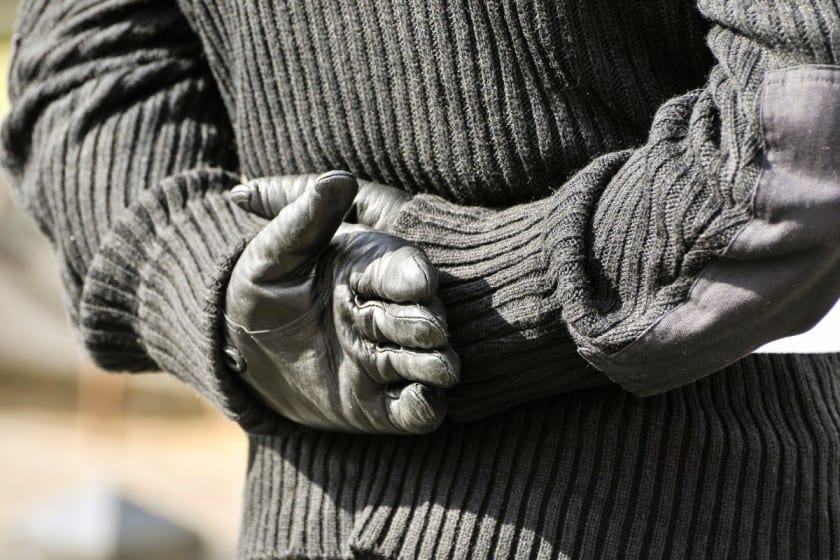
Ulster decided and opted to stay in the UK and became known as Northern Ireland. The split between north and south came to a head in the latter part of the century as Northern Irish Catholics still faced heavy discrimination and their peaceful protests met violent opposition and this erupted into The Troubles.
Three decades of insurgency, terrorism, and police brutality in Northern Ireland as the IRA fought against Ulster volunteer forces and British police to end British rule in Northern Ireland, after some 3,500 casualties, most of them civilians, the Good Friday Agreement of 1998 mandated that Northern Ireland could vote to unify with the Republic at any time they liked and that there would never again be a hard border on the island between north and south Oh dear God, not again, even when Irish history lets up it doesn’t let up.
Meanwhile, the Republic of Eire enacted a series of economic and political reforms to lift the country out of hundreds of years of poverty and today the people of Eire are safer, richer, better fed, and free to express their religion than they’ve been in centuries. It’s distressing to see Ireland so cruelly oppressed for so long, but it’s inspiring to see the past century’s reclamation of Irish culture and their long-deserved independence. In Ireland, history is never far away.
The legacy of their centuries-long Golden Ages everywhere from the Celtic Cross to the Irish language and the painful memory of the Great Famine has motivated Ireland to become a worlds leader in international food aid and I will gladly raise a pint to that.
Lots of History!
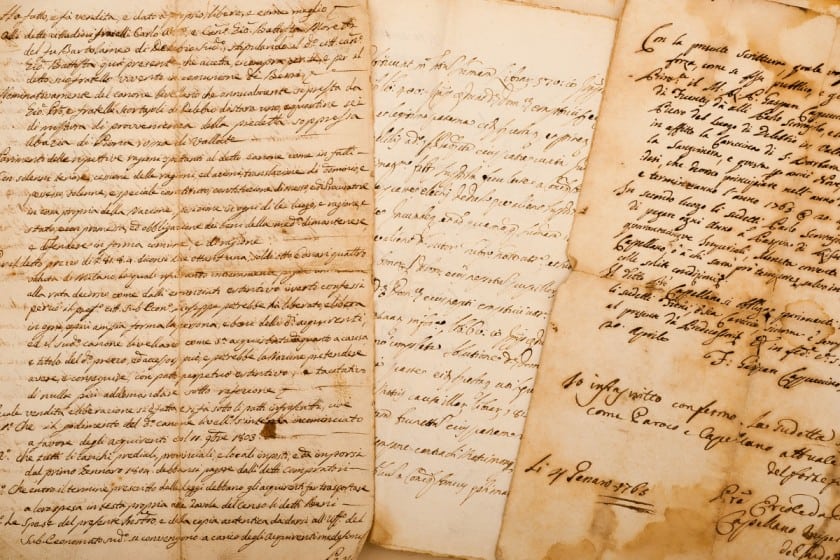
In ancient Ireland, monks had to copy entire manuscripts by hand, but now its never been easier to get instant access to a world of literature thanks to the internet! With some much information out there on the world wide web, its massive source of information on history from all over the world!
See my post here that explains the meaning of Celtic Symbols of Ireland.
I hope you find this post useful, I welcome any questions or suggestions by email to info@allthings-ireland.com.
Thanks
John Conway
All Things Ireland
Recent Posts
Unraveling the Enigma: Exploring the History and Symbolism of Celtic Knots
The Origins of Celtic KnotsThe intricate artistry of Celtic knots holds a rich history that dates back centuries to the Celtic tribes of ancient times. These ancient peoples, with their strong...
Researching Budget-Friendly Accommodation OptionsWhen planning a budget-friendly trip, one of the key aspects to consider is finding affordable accommodation. Start your search by exploring options...
